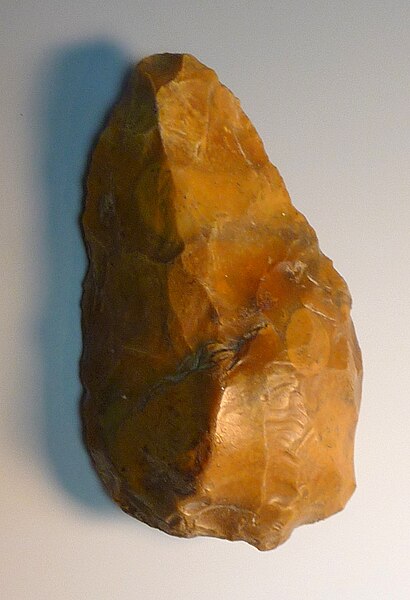A water wheel is a machine for converting the energy of flowing or falling water into useful forms of power, often in a watermill. A water wheel consists of a wheel, with a number of blades or buckets arranged on the outside rim forming the driving car. Water wheels were still in commercial use well into the 20th century, but they are no longer in common use today. Uses included milling flour in gristmills, grinding wood into pulp for papermaking, hammering wrought iron, machining, ore crushing and pounding fibre for use in the manufacture of cloth.
The reversible water wheel powering a mine hoist in De re metallica (Georgius Agricola, 1566)
One of Finch Foundry's water wheels.
The Anderson Mill of Texas is undershot, backshot, and overshot using two sources of water. This allows the direction of the wheel to be reversed.
Two types of hydraulic-powered chain pumps from the Tiangong Kaiwu of 1637, written by the Ming Dynasty encyclopedist, Song Yingxing (1587–1666).
A machine is a physical system that uses power to apply forces and control movement to perform an action. The term is commonly applied to artificial devices, such as those employing engines or motors, but also to natural biological macromolecules, such as molecular machines. Machines can be driven by animals and people, by natural forces such as wind and water, and by chemical, thermal, or electrical power, and include a system of mechanisms that shape the actuator input to achieve a specific application of output forces and movement. They can also include computers and sensors that monitor performance and plan movement, often called mechanical systems.
A Honda F1 racecar engine
A flint hand axe was found in Winchester.
The Kinematics of Machinery (1876) has an illustration of a four-bar linkage.
Diesel engine, friction clutch and gear transmission of an automobile








